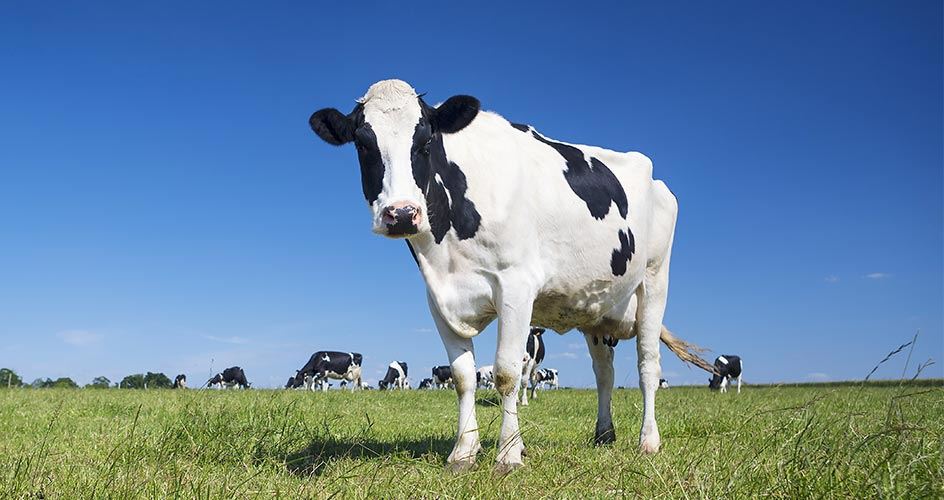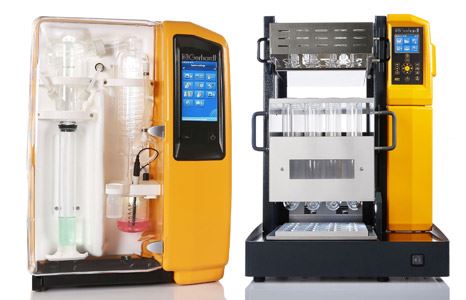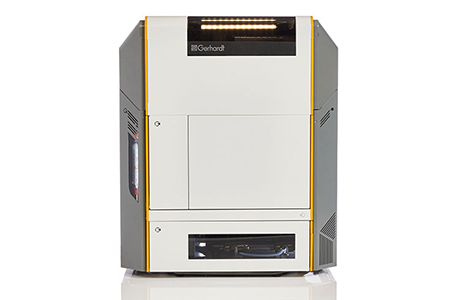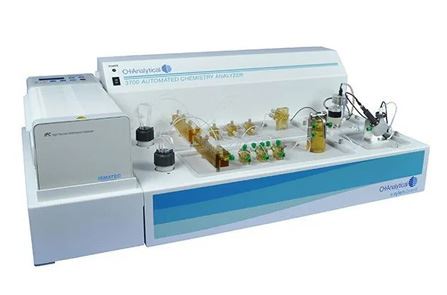NITROGEN

Elemental Bifurcation
Few elements are more fundamental than nitrogen; its abundance is essential for the expansion of industry, the air which we breathe, the very way we maintain our existence as life on Earth. Nitrogen, the genetic information carrier, the building block of amino acids, 78% of the atmosphere, highly regulated colorless/odorless gas, whatever you want to call it... is everywhere.
The way we interact with nitrogen has changed dramatically in the last century. Widespread adoption of fertilizers, pesticides, and industrial-grade chemical compounds have increased crop yield, advanced chemical production, and burgeoned human dominance in a nearly logarithmic fashion. However, there is a duality to nitrogen that parallels the Shakesperean idiom “Why then, can one desire too much of a good thing?” The ratio of oxygen to nitrogen in our atmosphere is amazingly precise, as pure nitrogen gas will cause asphyxiation. The addition of one oxygen atom to two nitrogen atoms produces nitrous oxide, which renders people delusional when inhaled once, and psychotic when abused over time. Not to mention, excess runoff from waste, fertilizers, and nitrogen compounds such as ammonia and nitrate can cause harmful algal blooms and lake eutrophication in the environment. This last point explains why nitrogen compound concentration is monitored in municipal and industrial effluent, but where else is nitrogen measured in dairy product manufacturing specifically?

The Basics
There is one key ingredient that links all dairy products together: Milk. And, of course, there is one creature that is responsible for most of the milk production in the world: The Cow!

Cows (and goats) need to eat well in order to routinely produce quality milk. Feed is therefore measured for moisture, fiber, energy, and protein. Amino acids, proteins, and nucleic acids are all made of organically bound nitrogen and are critical to both the metabolism and structure of living organisms. Since the nitrogen (N) content in protein is on average around 16%, a calculation of 6.25 x N originally was used to determine Crude Protein. However, researchers determined that 6.25 was not specific enough because nitrogen content varies by food, and now several “Jones factors” have been established (6.38 for milk). To learn more about protein analysis, click the protein section at the top of the page. Before you go let’s first understand how nitrogen is measured, so further analysis of parameters such as protein can occur!
How is Nitrogen Measured?
The Kjeldahl method is the most dominant and universal reference method to measure nitrogen. The original Kjeldahl method is now more commonly referred to as Total Kjeldahl Nitrogen (TKN) analysis, which is a measurement of the proportion of total bound organic nitrogen and ammonium. There is also Total Nitrogen (Total N) analysis, which is a modified version of the original Kjeldahl method that includes nitrite and nitrate. TKN analysis is done in many regulated industrial applications including food and beverage, fertilizers, effluent, and more.
There are several international standards by which nitrogen is measured in dairy products. One such standard is ISO 8968-1:2014 | IDF 20-1:2014, which describes nitrogen and crude protein determination by the Kjeldahl principle, using traditional and block digestion methods. This is applicable for cow's (whole, partially skimmed or skimmed) milk, goat's and sheep's whole milk; hard, semi-hard and processed cheese; dried milk and dried milk products, milk protein concentrate, whey protein concentrate, casein and caseinate.
Gerhardt offers a solution to full automation of TKN measurement, allowing for improved safety and higher throughput with the KJELDATHERM block digestor and the VAPODEST steam distillation series of products. The Dumas method for nitrogen (protein) analysis with the N-REALYZER combustion system allows for up to 140 samples per 8-hour shift to be analyzed. These comprehensive laboratory platforms are extremely efficient and make for a quick return on your investment.

VAPODEST and KJELDATHERM

N-REALYZER
Another international standard is ISO 14673-3|IDF 189-3:2004, which specifies a routine method for the determination of the nitrate and nitrite contents of milk and milk products by cadmium reduction and flow injection analysis (FIA). The method is applicable to hard, semi-hard and soft cheeses of various ages, and processed cheese.
The FS3700 by OI Analytical is the ultimate flow analysis platform, with validated methods in many industries including nitrate/nitrite analysis following ISO 14673-3. This modular, high-throughput, automated chemistry analysis system is an affordable alternative to conventional techniques that will save you time, money, and effort. As our fourth-generation flow analyzer, this dependable technology will provide dependable results every time.

OI Analytical Flow Solution
3700 Automated Chemistry Analyzer